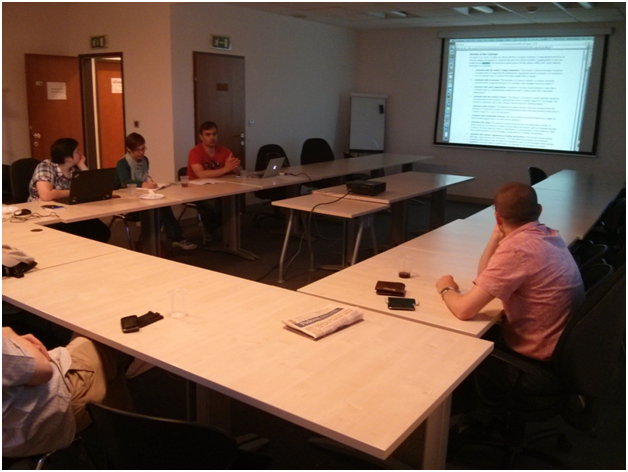One of the most important activities for an organisation’s success is software testing, yet its significance is often undervalued, mainly because testing happens in the background.
Software testing is normally one of those tasks that gets excluded, because it can add time and costs to the project, but it is critical to the outcome of a successful launch. Many organisations don’t have the capacity in-house to execute such an important role and nowadays tend to outsource to a software testing service.

Either way, spending time on this part of your project, whether it is developing a new mobile app or launching a new application in the cloud, will ensure you receive user credibility and great reviews in the future.
What is software testing?
According to the Software Testing Standard Organisation, software testing is about following an internationally agreed set of standards that can be used by any organisation or software testing service, such as https://www.bugfinders.com.
The task involved is to execute a program with the intent of finding and removing any software bugs. If it isn’t included within your project lifecycle, then you are likely to end up with an application or software that has numerous bugs that will cost you more in the long term to rectify. By testing, you are validating that your product meets your business and technical requirements, performs as expected and can be implemented without problems.
Software testing is generally performed throughout the software lifecycle, not just at the end. It is a continuous process of improvement and testing, to iron out faults as the software develops.
How is software testing performed?
There are various ways of software testing – you either do it manually or automate it. What works best for one organisation doesn’t necessarily work well for another.
If you opt for manual testing, then it provides real-time feedback from users, particularly useful when developing an app. It could more commonly be known as usability testing, because its use is being tested in terms of how it interacts with different platforms and networks. This tends to be a more personal approach, yet works well because you are looking for customer loyalty. It won’t be as exhaustive as automated testing though.
Automated testing is thorough and runs through every script, which user testing cannot always do. This is perfect for large scale software applications.


